Elizabeth honoured Irish people killed fighting for independence from Britain on Tuesday in a powerful gesture of reconciliation few people would have believed possible even in recent times.
Queen Elizabeth honoured Irish people killed fighting for independence from Britain on Tuesday in a powerful gesture of reconciliation few people would have believed possible even in recent times.
The queen laid a wreath at Dublin's Garden of Remembrance, Ireland's monument to its fallen heros, before a hushed crowd of dignitaries, soldiers and her husband, the Duke of Edinburgh, whose uncle was killed by militant Irish nationalists in 1979.
The visit, the first by a British monarch since Ireland won independence from London in 1921, is designed to show how warm neighbourly relations have replaced centuries of animosity although security was tight after a homemade bomb was found.
The British national anthem "God Save the Queen" rang out in one of Ireland''s most sacred national shrines as representatives of Protestant paramilitary groups, which once targeted Catholics in a bitter conflict for control of Northern Ireland, watched on from among the hand-picked crowd.
Most Irish people have welcomed the visit although the streets were eerily empty of the usual cheering crowds that greet the queen elsewhere because of security fears.
"My mother would have loved to have lived to see this day," said Alex Wrafter, an unemployed 67-year whose mother moved from London to just south of the Northern Irish border in 1939.
"I don't think she would ever have believed it but I think it's extraordinarily important. The past needs to be put where it belongs."
A 1998 deal ending Irish nationalists' guerrilla war against British rule of Northern Ireland paved the way for the sojourn but threats from militant republican groups opposed to the peace process have kept the city on edge.
A makeshift bomb was found in a bus headed for Dublin late on Monday. It was destroyed in a controlled explosion by the army in Maynooth, 25km (15 miles) from Dublin, after a telephone warning to police.
"They are dragging us into the dark ages," said Tom O'Neill, a 34-year-old salesman. "There are some people in Ireland that have to get over the whole English thing."
The queen's visit has prompted Ireland's largest-ever security operation. Snipers took up positions around the Garden of Remembrance and some 4,000 police officers, backed by 2,000 soldiers, patrolled the capital.
Around 200 protesters threw bricks, bottles and fireworks at police and were pushed back with riot shields and batons. A hardcore of about 50 stayed on after the queen left the monument chanting "Brits out" and hurling missiles.
In a second demonstration close to the Garden of Remembrance, protestors brandished placards with "Britain Out of Ireland" and "Irish Blood on English Hands" written on them and chanted anti-British slogans.
"It's a disgrace that we are welcoming the commander in chief of the British forces to Dublin," said Sean Keogh, a member of the 32-County Sovereignty Movement, which wants Britain to withdraw from the six counties of Northern Ireland.
"She's clearly not welcome here. Where are the crowds? Where are all the people waving union jacks?"
Anglo-Irish conflict goes back centuries, marked by a bitter history of settlement by British Protestants in the mainly Catholic country. But generations of Irish emigration has created a strong bond between the two countries.
Most Irish people are impressed at the length and scope of the queen's visit and are hoping it puts the country, still reeling from its banking crisis, in a more positive light.
Though the monarch's visit is about reconciliation there are constant reminders of the violent past.
Her arrival coincided with the 37th anniversary of bombings in Dublin and Monaghan, the single bloodiest day in the three-decade long Northern Ireland conflict.
Over 200 people gathered at the site of one of the bombings in Dublin to lay flowers and remember the 33 people killed.
While Irish people consider themselves proud republicans there is a generally gossipy interest in the British royal family as evidenced by the deserted streets during the televised April 29 wedding of Prince William to Catherine Middleton.
Kathleen Hannon, 60, and her sister Jean Caulderbanks, 64, were hoping to get a glimpse of the queen in her black Range Rover as she whizzed through a locked-down Dublin.
"We have grown up watching the family," said Hannon, under a statue of Irish writer James Joyce as hundreds of police milled around nearby O'Connell Street, Dublin's main thoroughfare.
"We've been to Buckingham Palace and we went to see where Lady Diana was buried. We're not even Protestants," she said.
"We just love to see how the other half live."
![submenu-img]() Aamir Khan was unsure if censor board would clear Sarfarosh over mentions of Pakistan, ISI: 'If Advani ji can say...'
Aamir Khan was unsure if censor board would clear Sarfarosh over mentions of Pakistan, ISI: 'If Advani ji can say...'![submenu-img]() Gurucharan Singh missing case: Delhi Police questions TMKOC cast and crew, finds out actor's payments were...
Gurucharan Singh missing case: Delhi Police questions TMKOC cast and crew, finds out actor's payments were...![submenu-img]() 'You all are scaring me': Preity Zinta gets uncomfortable after paps follow her, video goes viral
'You all are scaring me': Preity Zinta gets uncomfortable after paps follow her, video goes viral![submenu-img]() Viral video: Influencer dances with gun in broad daylight on highway, UP Police reacts
Viral video: Influencer dances with gun in broad daylight on highway, UP Police reacts![submenu-img]() Family applauds and cheers as woman sends breakup text, viral video will make you laugh
Family applauds and cheers as woman sends breakup text, viral video will make you laugh![submenu-img]() DNA Verified: Is CAA an anti-Muslim law? Centre terms news report as 'misleading'
DNA Verified: Is CAA an anti-Muslim law? Centre terms news report as 'misleading'![submenu-img]() DNA Verified: Lok Sabha Elections 2024 to be held on April 19? Know truth behind viral message
DNA Verified: Lok Sabha Elections 2024 to be held on April 19? Know truth behind viral message![submenu-img]() DNA Verified: Modi govt giving students free laptops under 'One Student One Laptop' scheme? Know truth here
DNA Verified: Modi govt giving students free laptops under 'One Student One Laptop' scheme? Know truth here![submenu-img]() DNA Verified: Shah Rukh Khan denies reports of his role in release of India's naval officers from Qatar
DNA Verified: Shah Rukh Khan denies reports of his role in release of India's naval officers from Qatar![submenu-img]() DNA Verified: Is govt providing Rs 1.6 lakh benefit to girls under PM Ladli Laxmi Yojana? Know truth
DNA Verified: Is govt providing Rs 1.6 lakh benefit to girls under PM Ladli Laxmi Yojana? Know truth![submenu-img]() Mother's Day 2024: Bollywood supermoms who balance motherhood, acting, and run multi-crore businesses
Mother's Day 2024: Bollywood supermoms who balance motherhood, acting, and run multi-crore businesses![submenu-img]() Rocky Aur Rani's Golu aka Anjali Anand shocks fans with drastic weight loss without gym, says fitness secret is...
Rocky Aur Rani's Golu aka Anjali Anand shocks fans with drastic weight loss without gym, says fitness secret is...![submenu-img]() In pics: Ram Charan gets mobbed by fans during his visit to Pithapuram for ‘indirect campaign’ for uncle Pawan Kalyan
In pics: Ram Charan gets mobbed by fans during his visit to Pithapuram for ‘indirect campaign’ for uncle Pawan Kalyan![submenu-img]() Streaming This Week: Yodha, Aavesham, Murder In Mahim, Undekhi season 3, latest OTT releases to binge-watch
Streaming This Week: Yodha, Aavesham, Murder In Mahim, Undekhi season 3, latest OTT releases to binge-watch![submenu-img]() Aamir Khan, Naseeruddin Shah, Sonali Bendre celebrate 25 years of Sarfarosh, attend film's special screening
Aamir Khan, Naseeruddin Shah, Sonali Bendre celebrate 25 years of Sarfarosh, attend film's special screening![submenu-img]() Haryana Political Crisis: Will 3 independent MLAs support withdrawal impact the present Nayab Saini led-BJP government?
Haryana Political Crisis: Will 3 independent MLAs support withdrawal impact the present Nayab Saini led-BJP government?![submenu-img]() DNA Explainer: Why Harvey Weinstein's rape conviction was overturned, will beleaguered Hollywood mogul get out of jail?
DNA Explainer: Why Harvey Weinstein's rape conviction was overturned, will beleaguered Hollywood mogul get out of jail?![submenu-img]() What is inheritance tax?
What is inheritance tax?![submenu-img]() DNA Explainer: What is cloud seeding which is blamed for wreaking havoc in Dubai?
DNA Explainer: What is cloud seeding which is blamed for wreaking havoc in Dubai?![submenu-img]() DNA Explainer: What is Israel's Arrow-3 defence system used to intercept Iran's missile attack?
DNA Explainer: What is Israel's Arrow-3 defence system used to intercept Iran's missile attack?![submenu-img]() Aamir Khan was unsure if censor board would clear Sarfarosh over mentions of Pakistan, ISI: 'If Advani ji can say...'
Aamir Khan was unsure if censor board would clear Sarfarosh over mentions of Pakistan, ISI: 'If Advani ji can say...'![submenu-img]() Gurucharan Singh missing case: Delhi Police questions TMKOC cast and crew, finds out actor's payments were...
Gurucharan Singh missing case: Delhi Police questions TMKOC cast and crew, finds out actor's payments were...![submenu-img]() 'You all are scaring me': Preity Zinta gets uncomfortable after paps follow her, video goes viral
'You all are scaring me': Preity Zinta gets uncomfortable after paps follow her, video goes viral![submenu-img]() First Indian film to be insured was released 25 years ago, earned five times its budget, gave Bollywood three stars
First Indian film to be insured was released 25 years ago, earned five times its budget, gave Bollywood three stars![submenu-img]() Mother’s Day Special: Mom-to-be Richa Chadha talks on motherhood, fixing inequalities for moms in India | Exclusive
Mother’s Day Special: Mom-to-be Richa Chadha talks on motherhood, fixing inequalities for moms in India | Exclusive![submenu-img]() Kolkata Knight Riders become first team to qualify for IPL 2024 playoffs after thumping win over Mumbai Indians
Kolkata Knight Riders become first team to qualify for IPL 2024 playoffs after thumping win over Mumbai Indians![submenu-img]() IPL 2024: This player to lead Delhi Capitals in Rishabh Pant's absence against Royal Challengers Bengaluru
IPL 2024: This player to lead Delhi Capitals in Rishabh Pant's absence against Royal Challengers Bengaluru![submenu-img]() RCB vs DC IPL 2024: Predicted playing XI, live streaming details, weather and pitch report
RCB vs DC IPL 2024: Predicted playing XI, live streaming details, weather and pitch report![submenu-img]() CSK vs RR IPL 2024: Predicted playing XI, live streaming details, weather and pitch report
CSK vs RR IPL 2024: Predicted playing XI, live streaming details, weather and pitch report![submenu-img]() RCB vs DC IPL 2024 Dream11 prediction: Fantasy cricket tips for Royal Challengers Bengaluru vs Delhi Capitals
RCB vs DC IPL 2024 Dream11 prediction: Fantasy cricket tips for Royal Challengers Bengaluru vs Delhi Capitals![submenu-img]() Viral video: Influencer dances with gun in broad daylight on highway, UP Police reacts
Viral video: Influencer dances with gun in broad daylight on highway, UP Police reacts![submenu-img]() Family applauds and cheers as woman sends breakup text, viral video will make you laugh
Family applauds and cheers as woman sends breakup text, viral video will make you laugh![submenu-img]() Man grabs snake mid-lunge before it strikes his face, terrifying video goes viral
Man grabs snake mid-lunge before it strikes his face, terrifying video goes viral![submenu-img]() Viral video: Man wrestles giant python, internet is scared
Viral video: Man wrestles giant python, internet is scared![submenu-img]() Viral video: Delhi University girls' sizzling dance to Haryanvi song sets the internet ablaze
Viral video: Delhi University girls' sizzling dance to Haryanvi song sets the internet ablaze
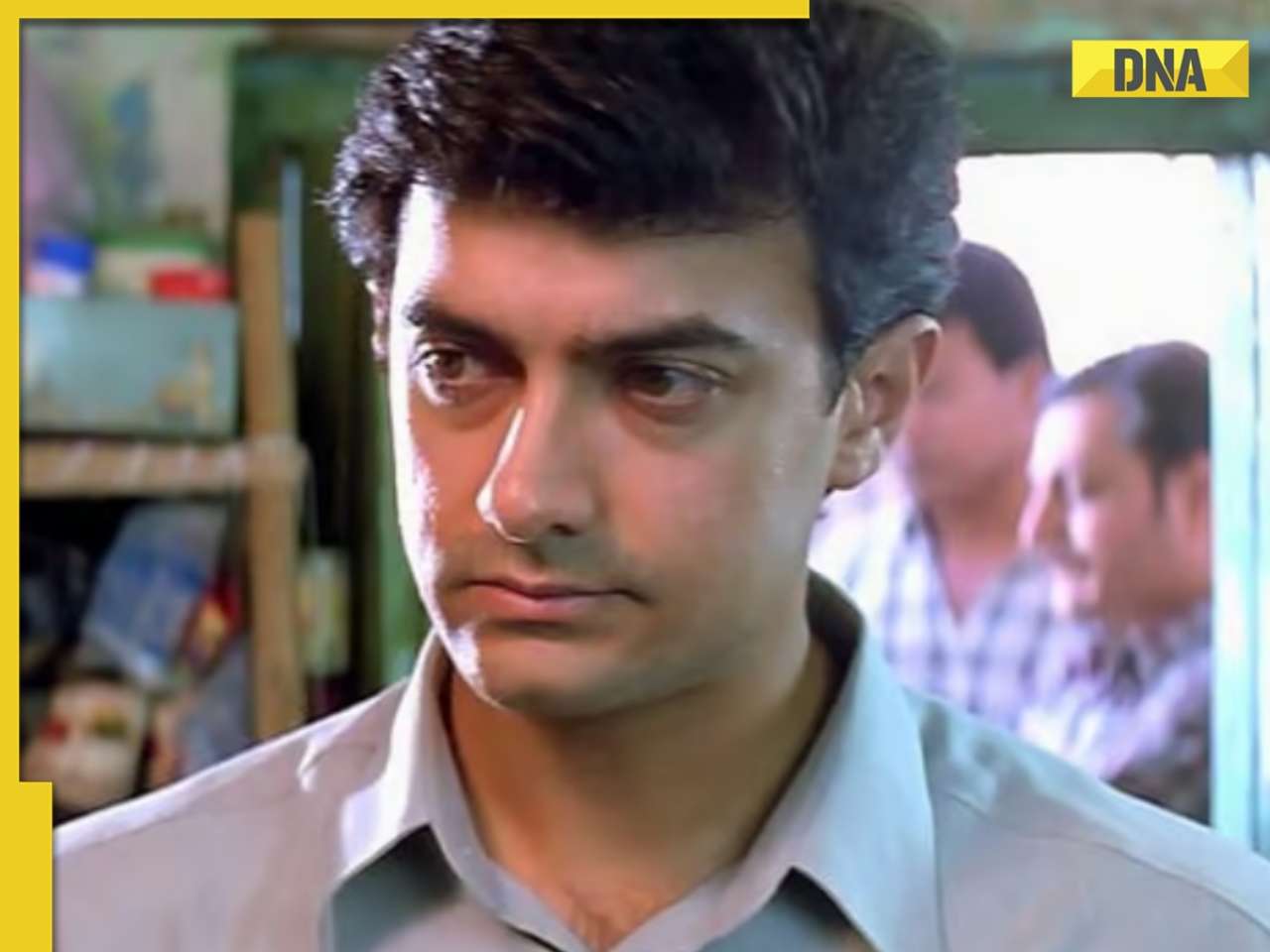

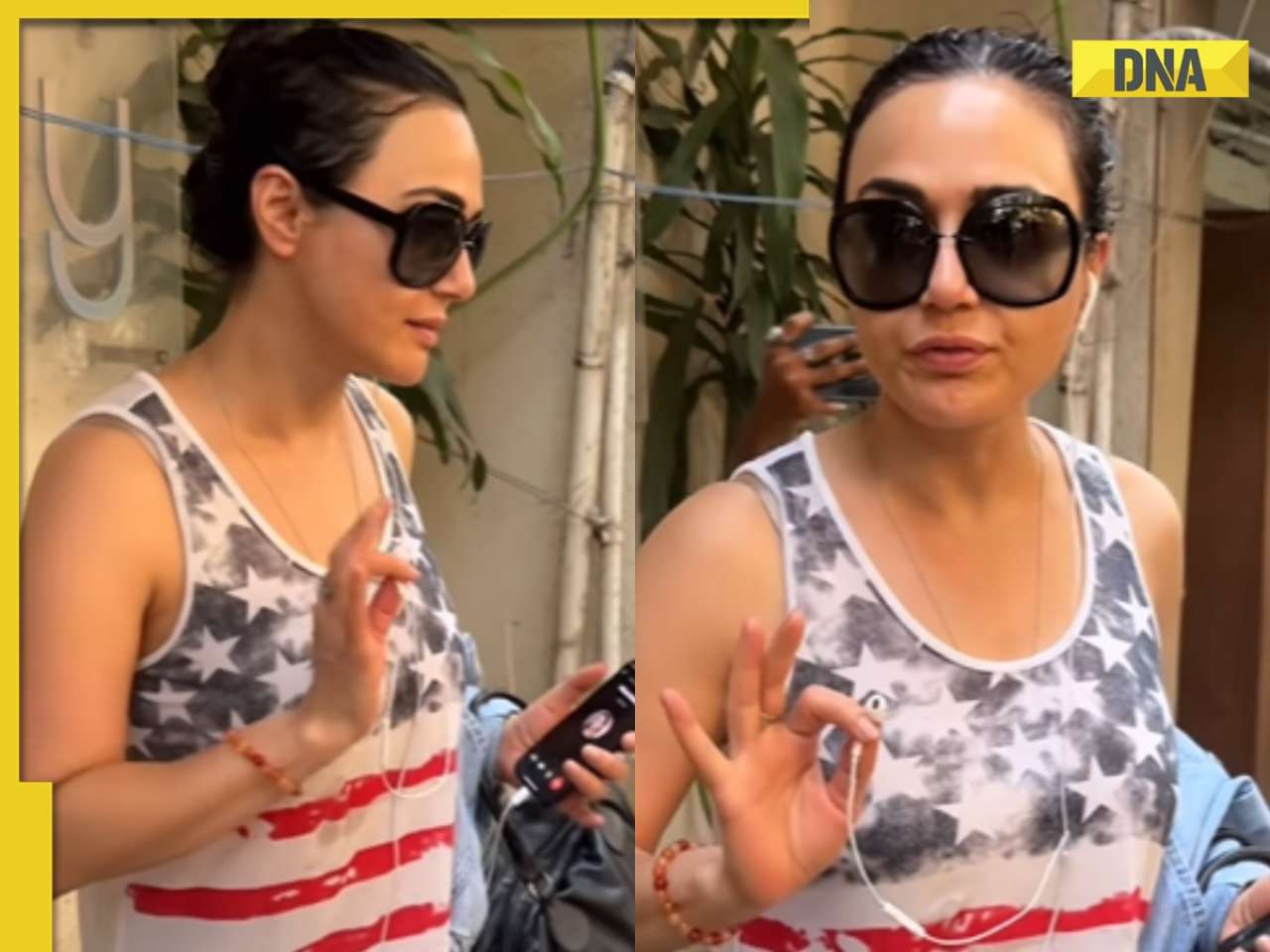



























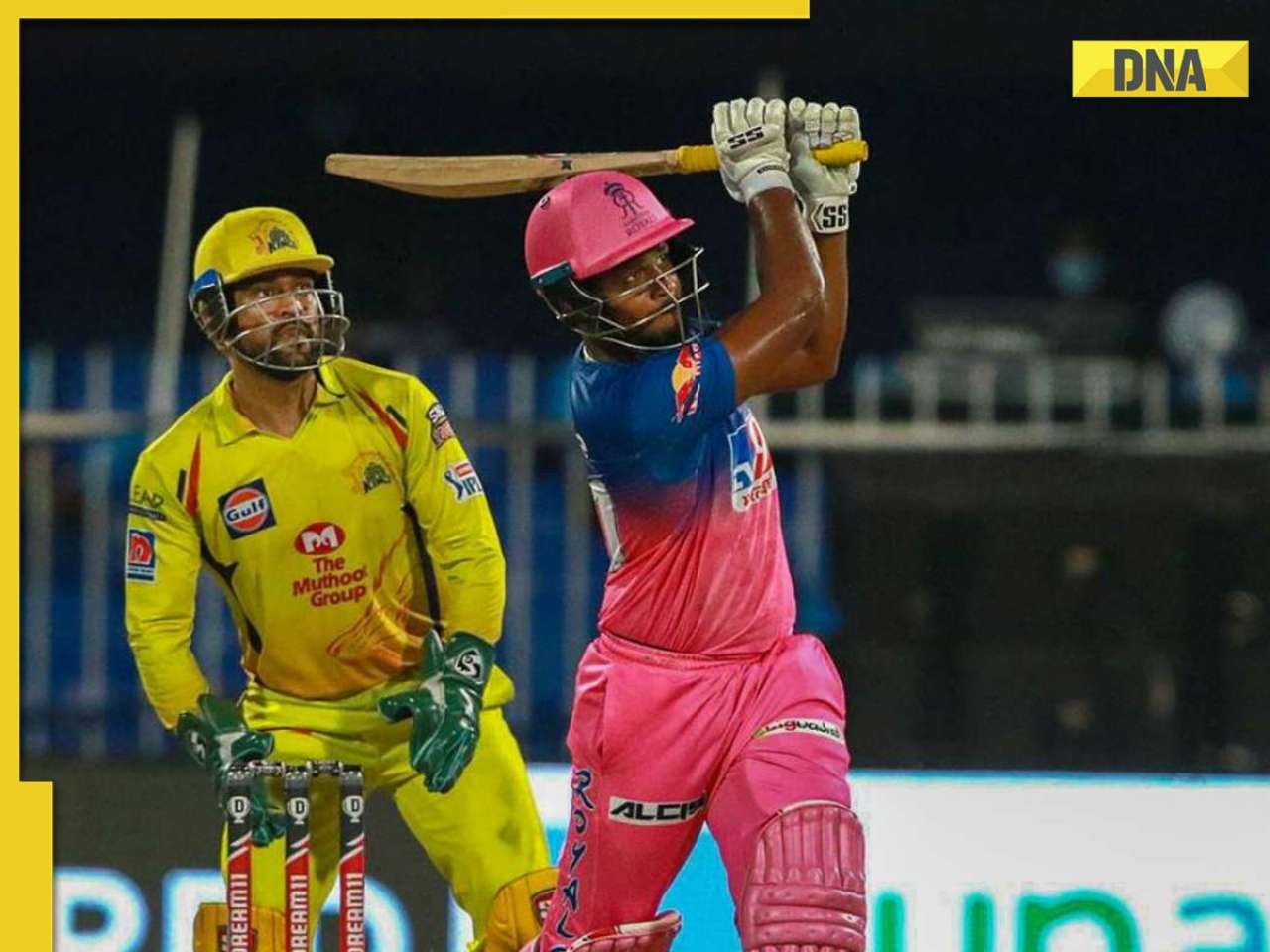



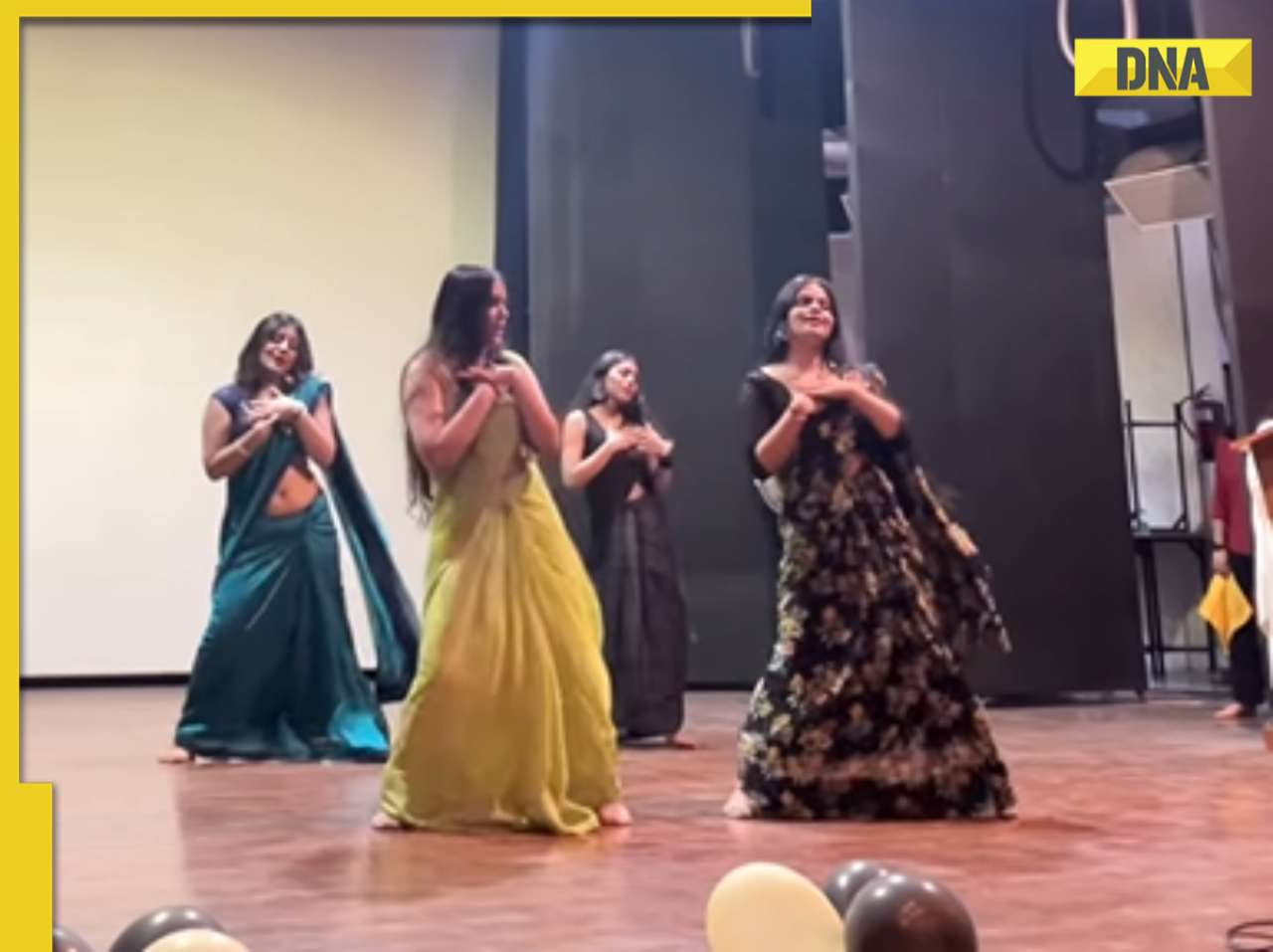

)




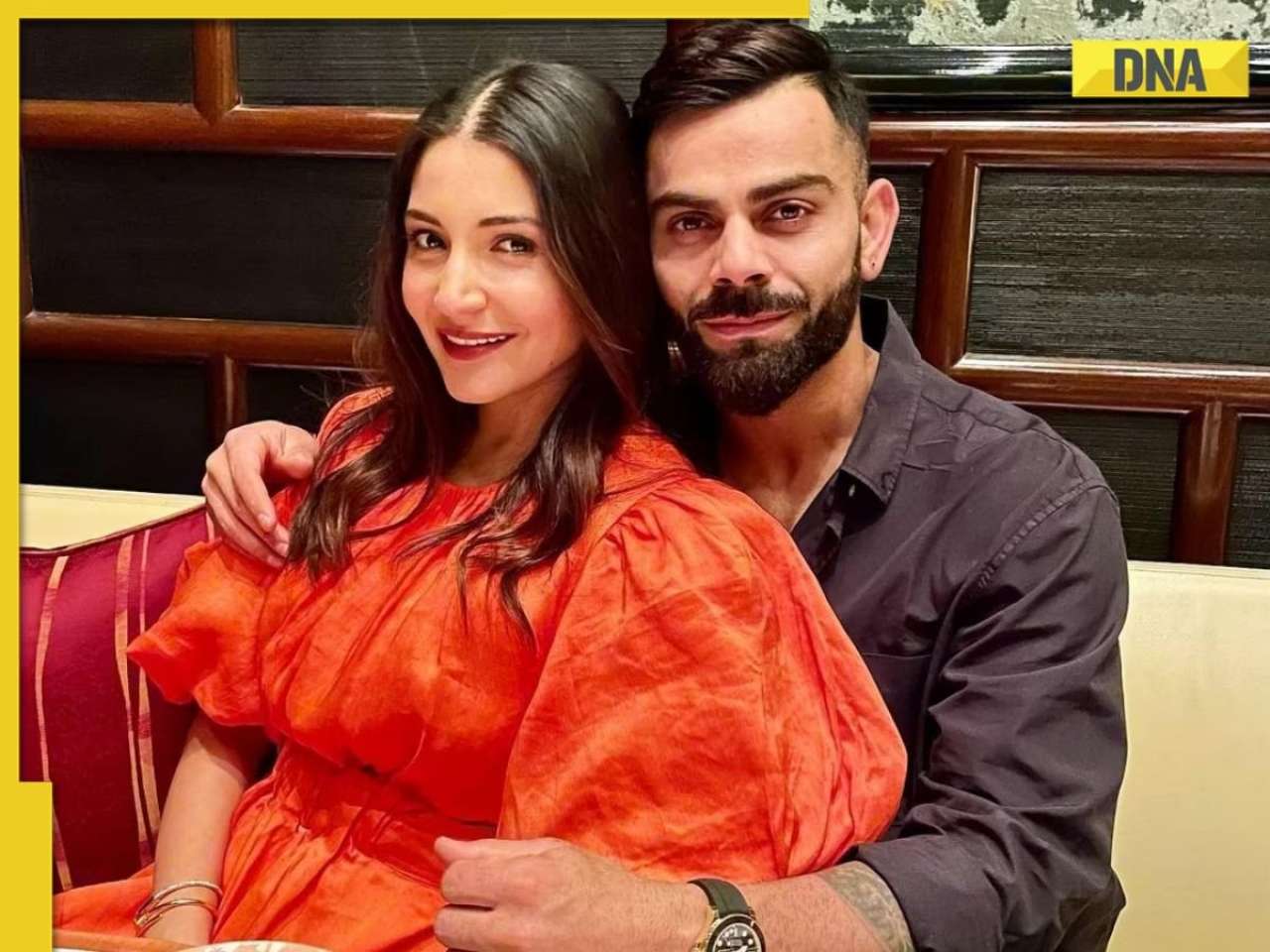
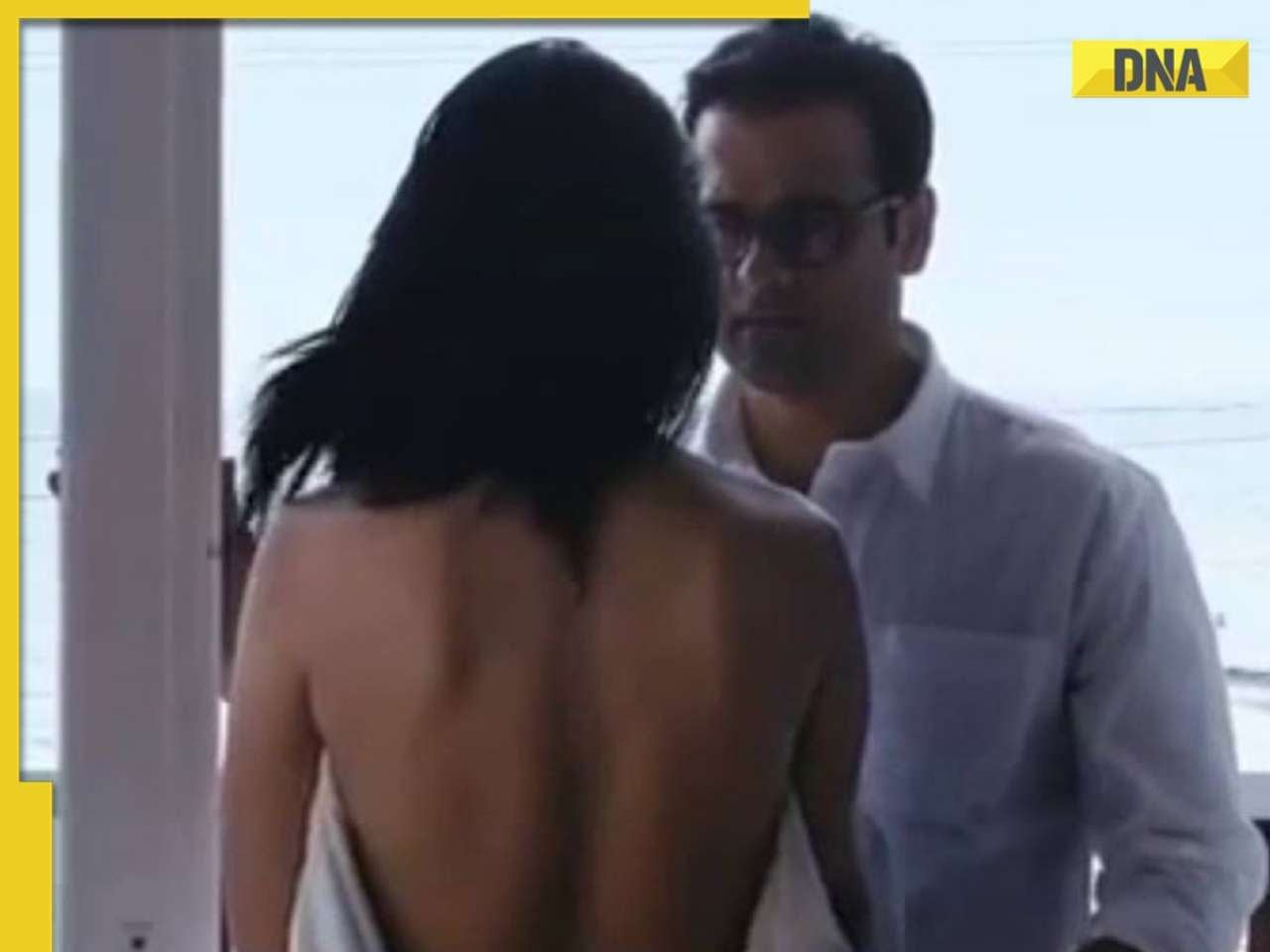




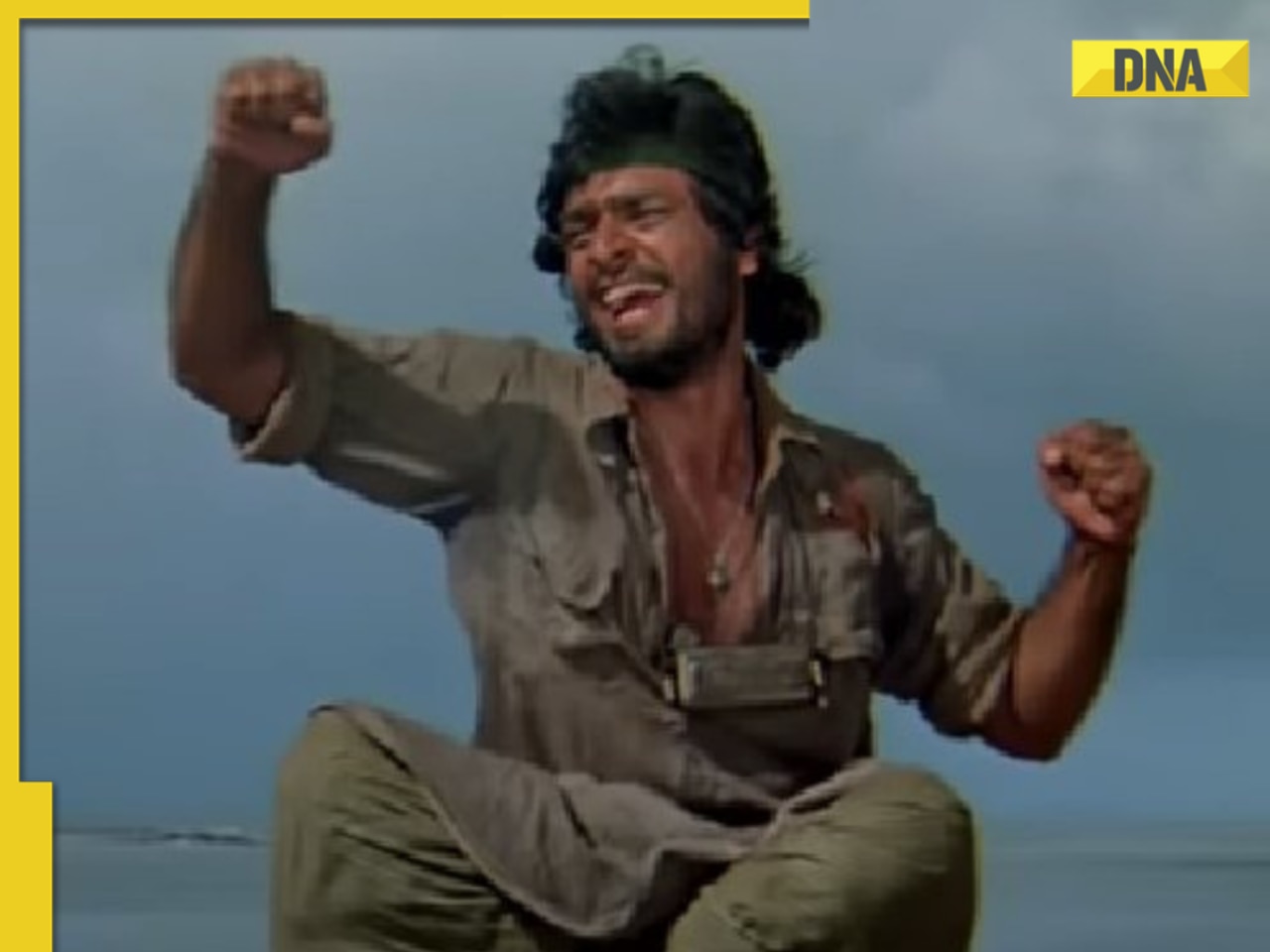
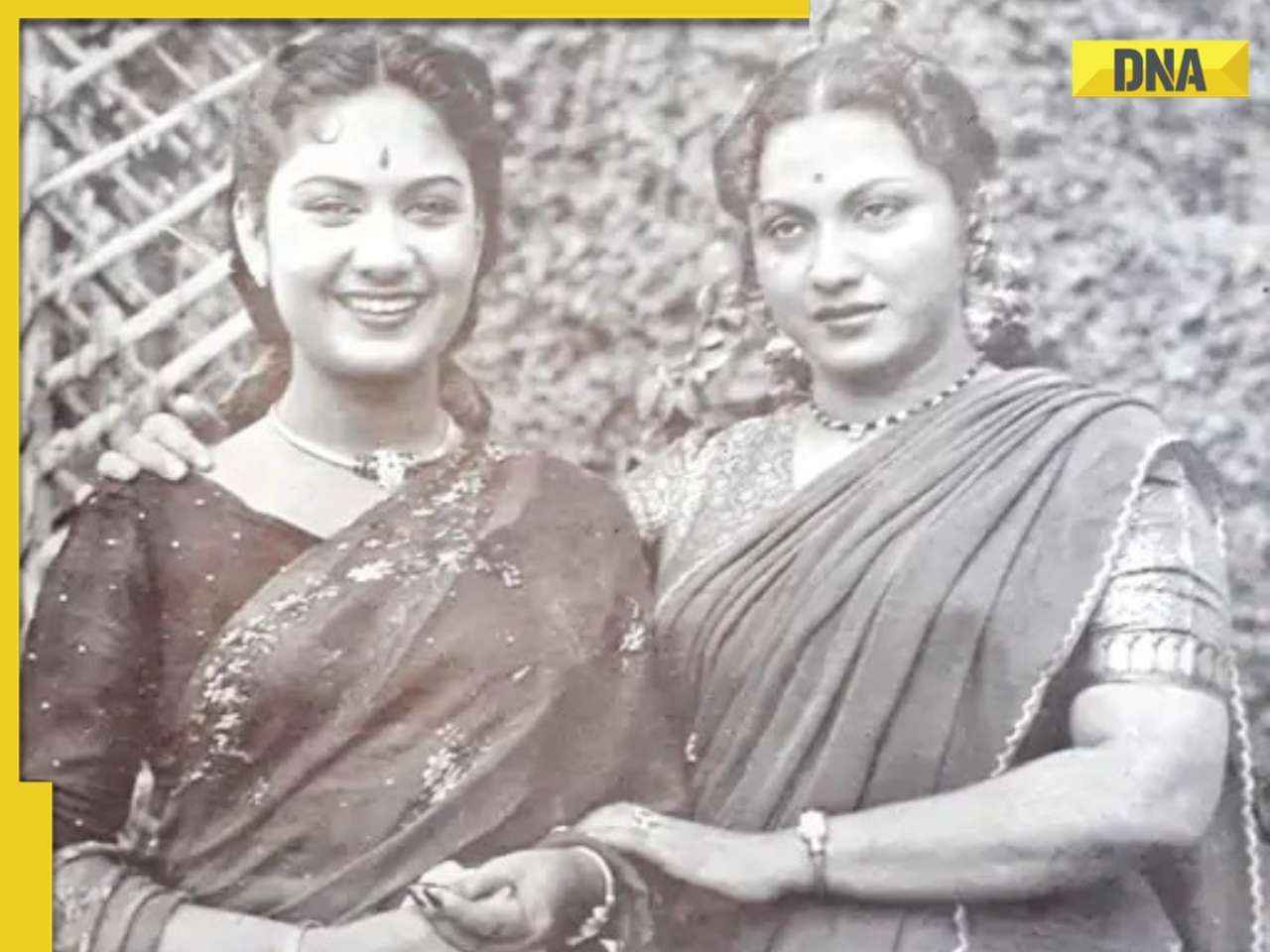






)
)
)
)
)
)